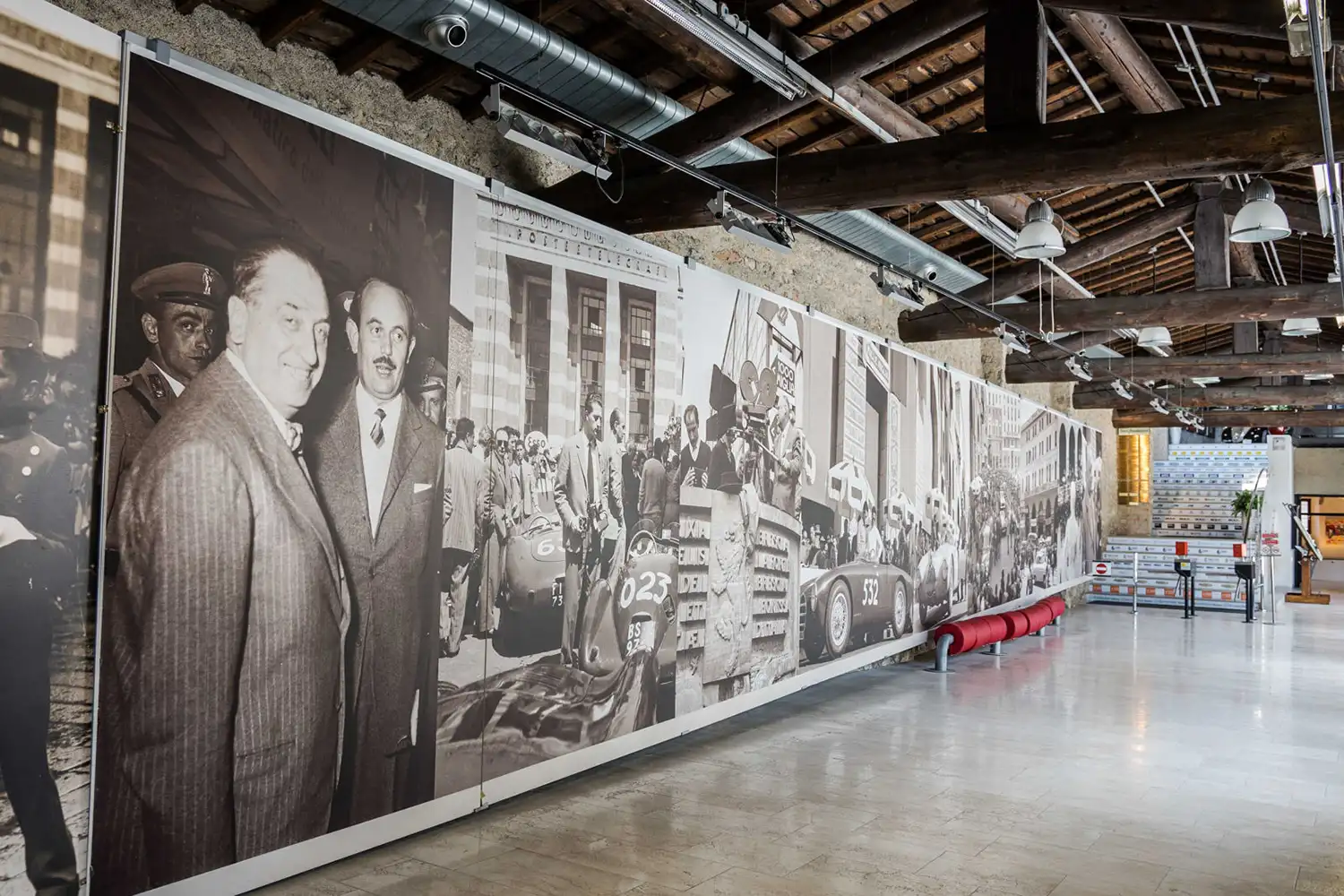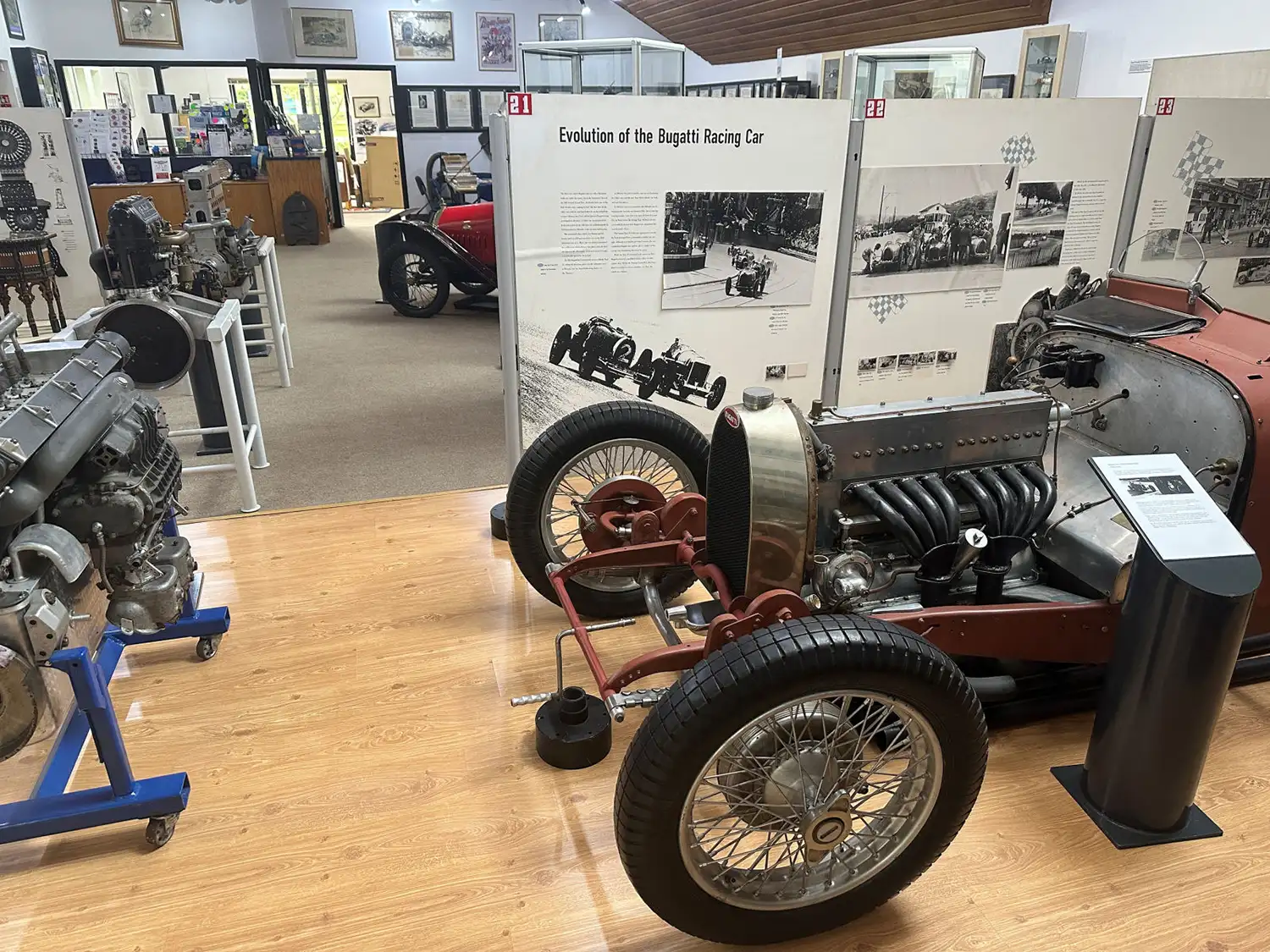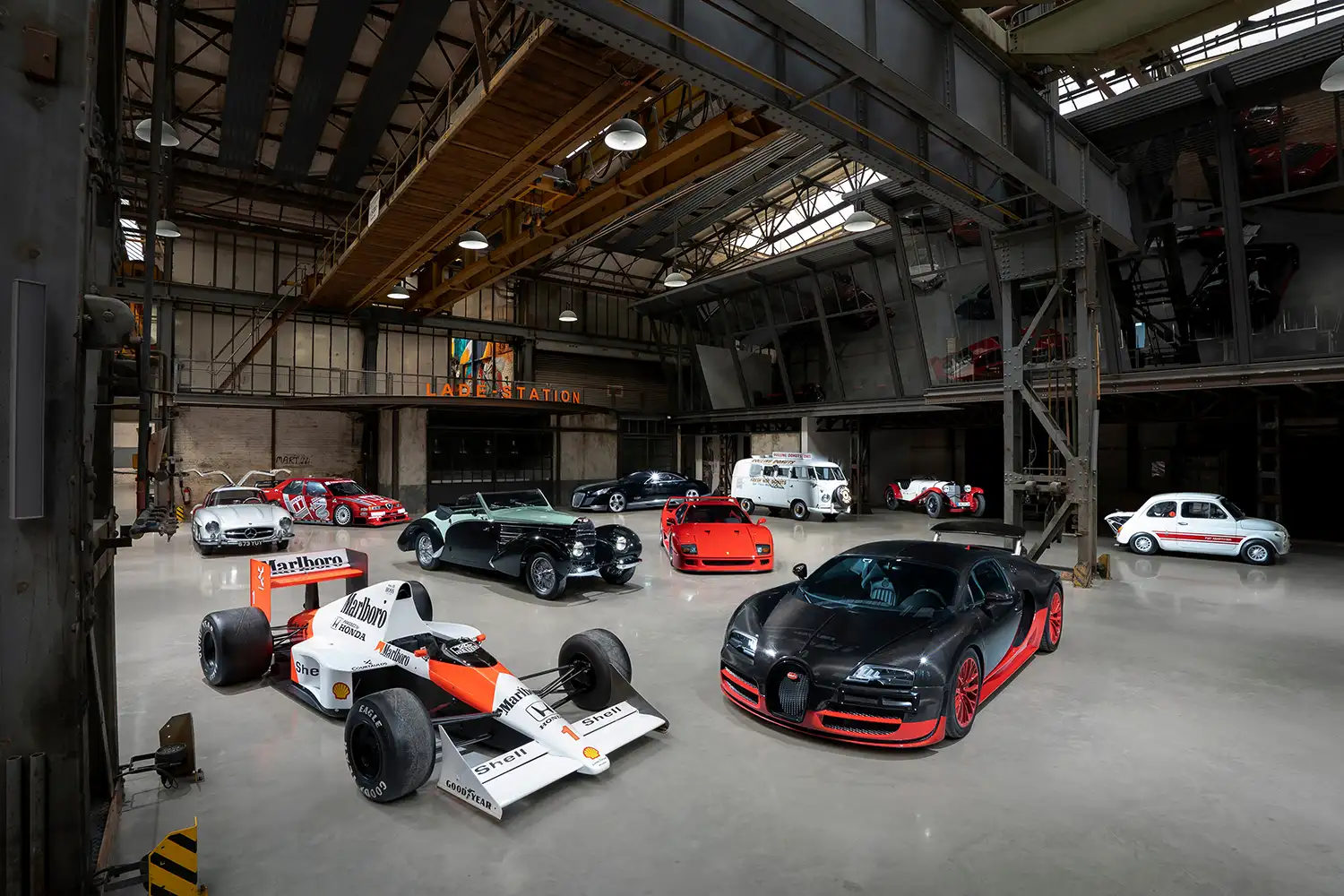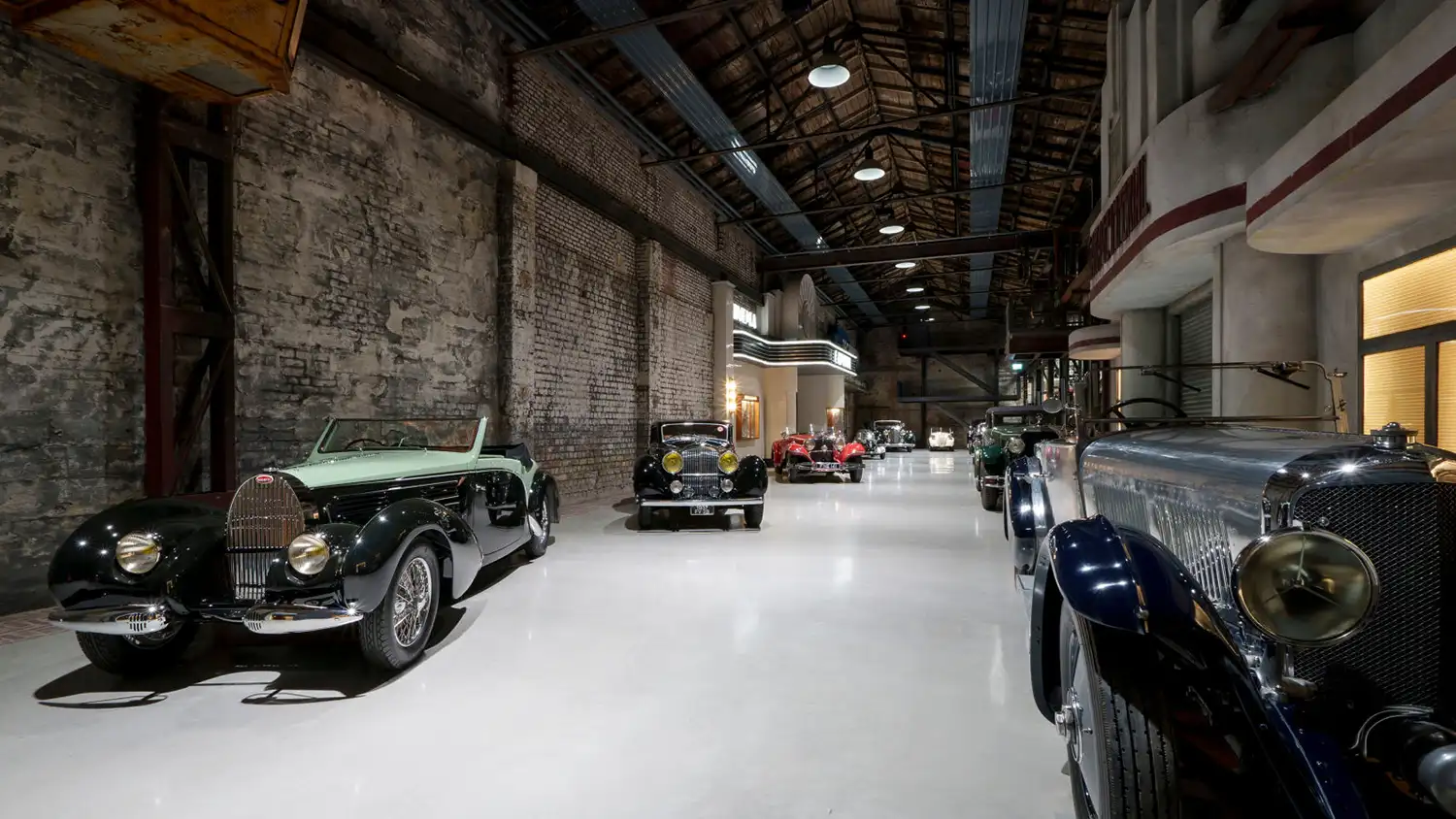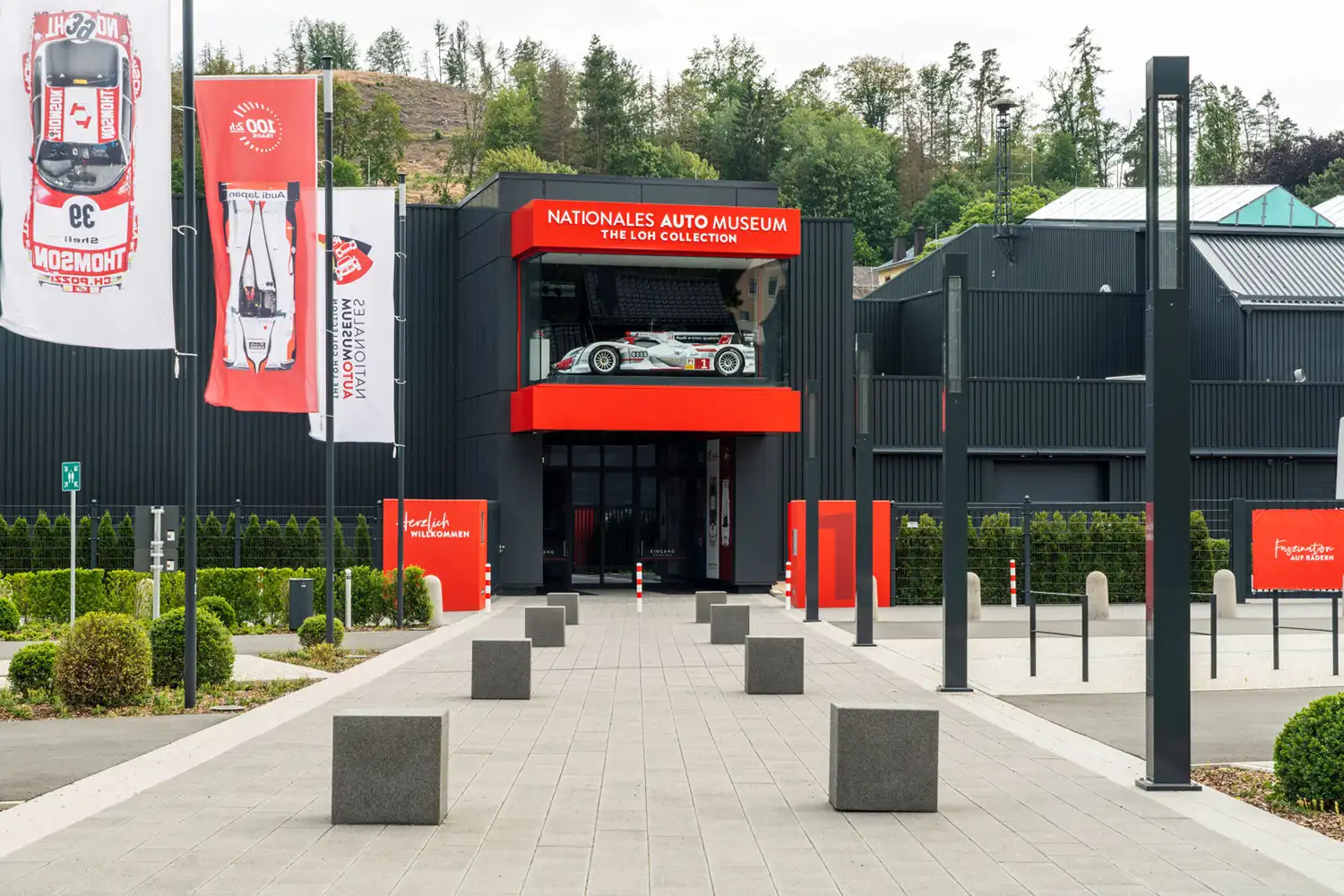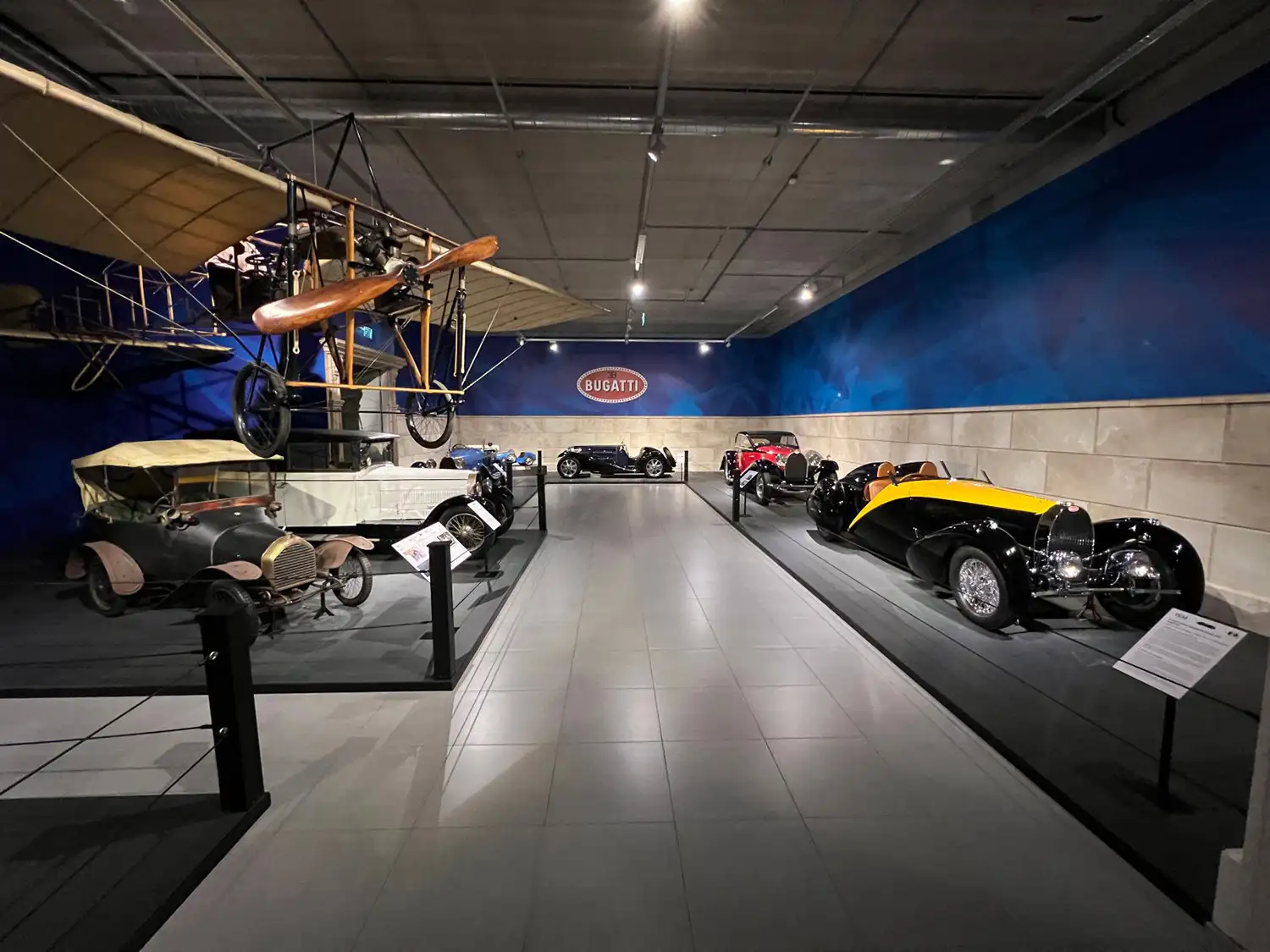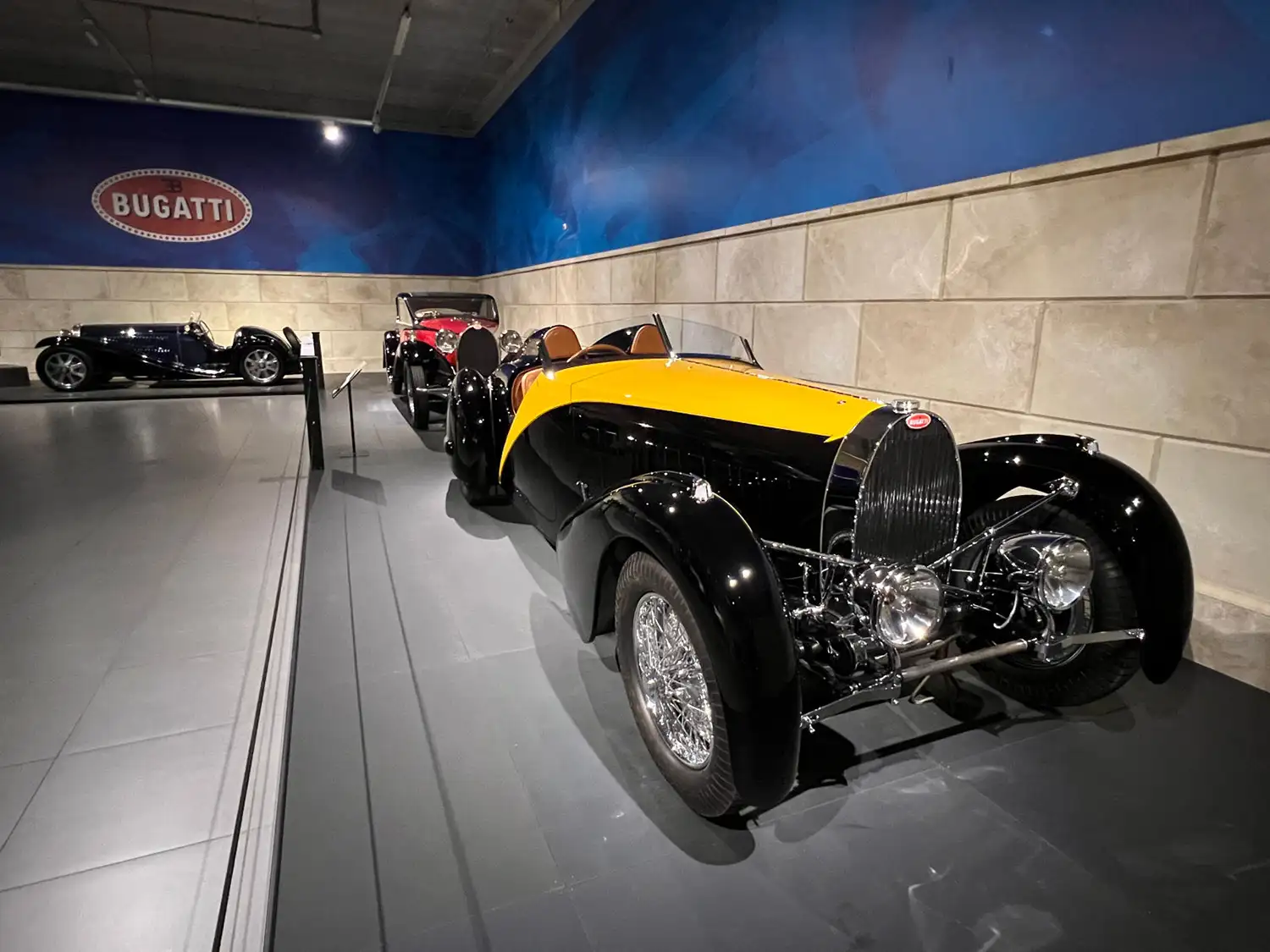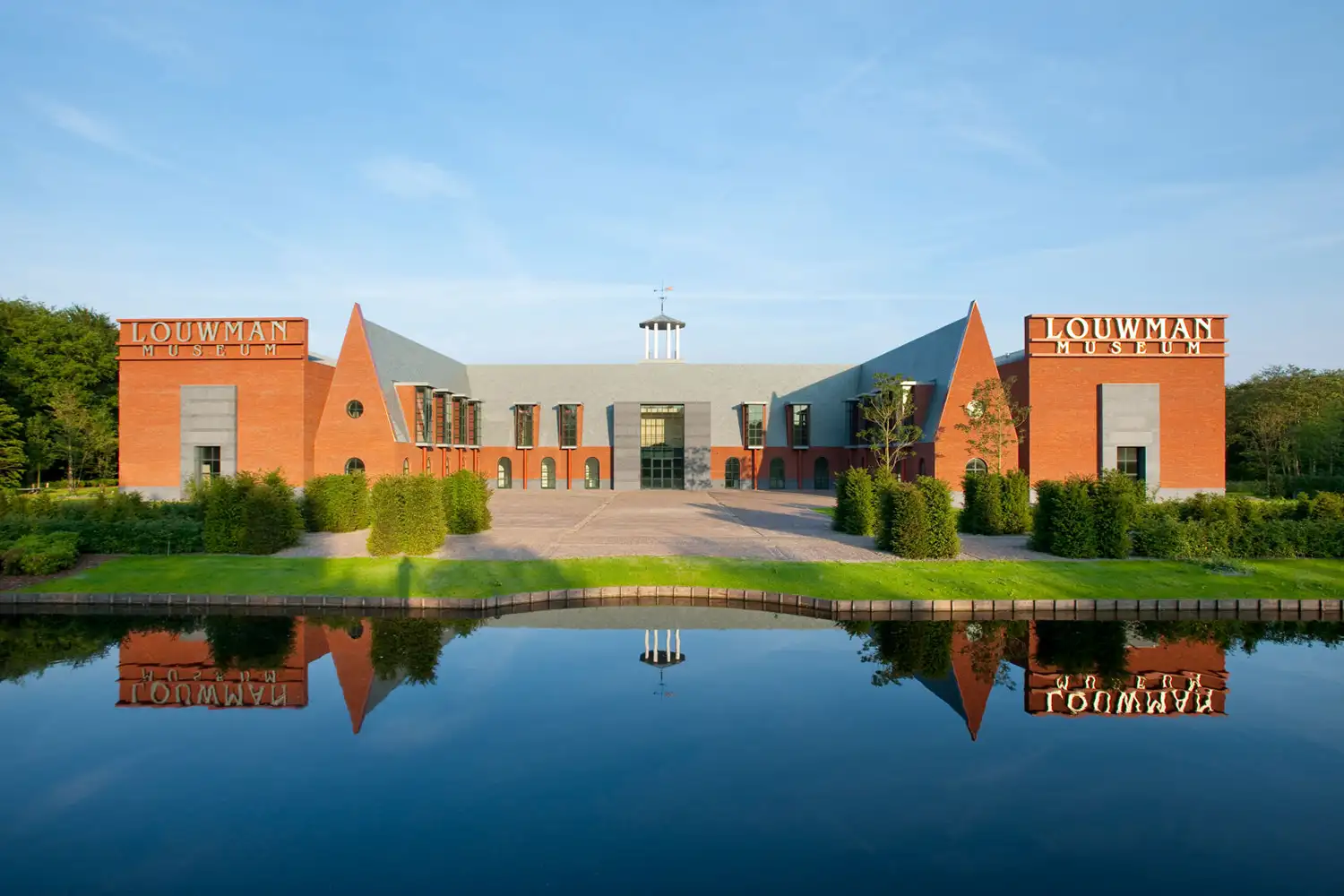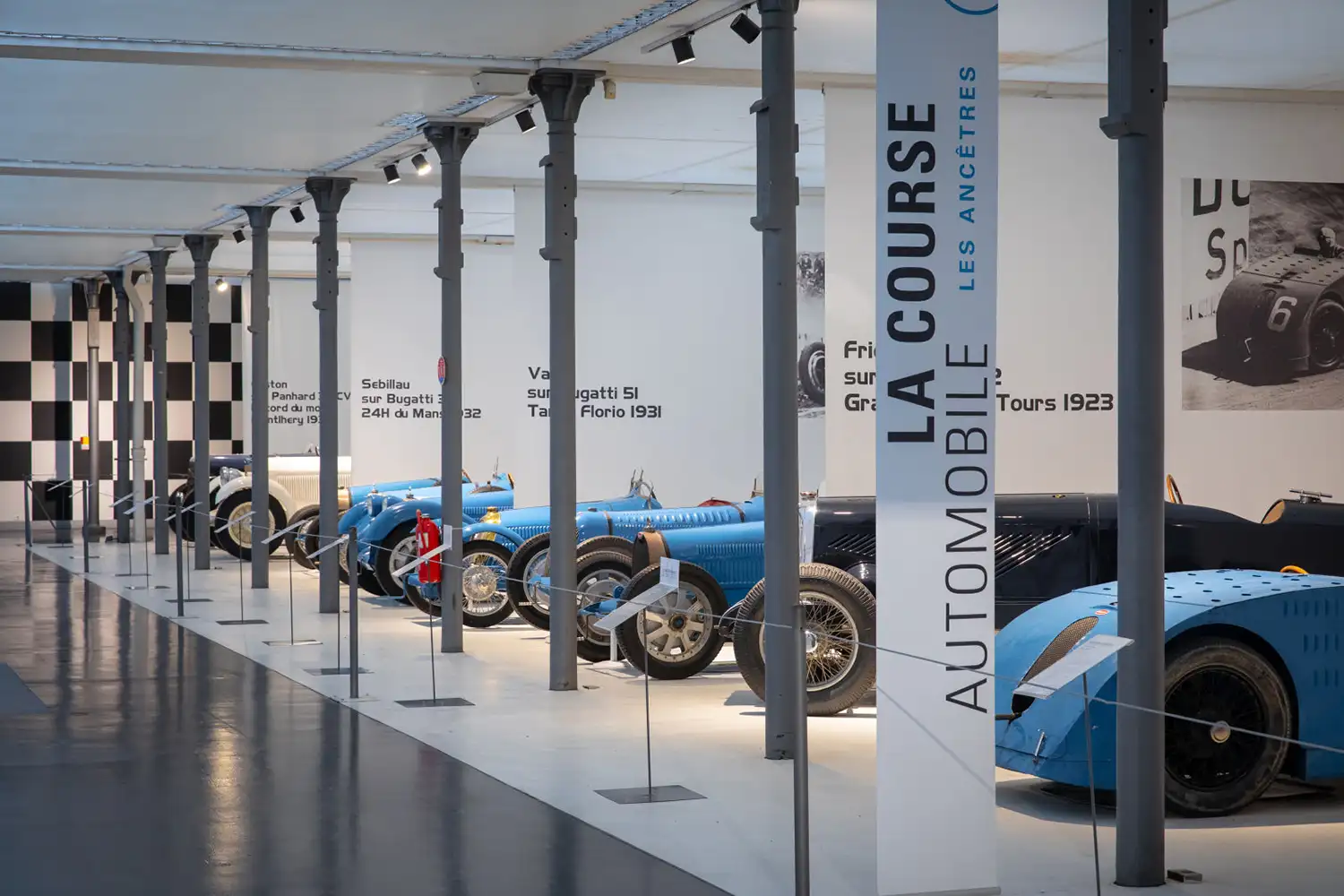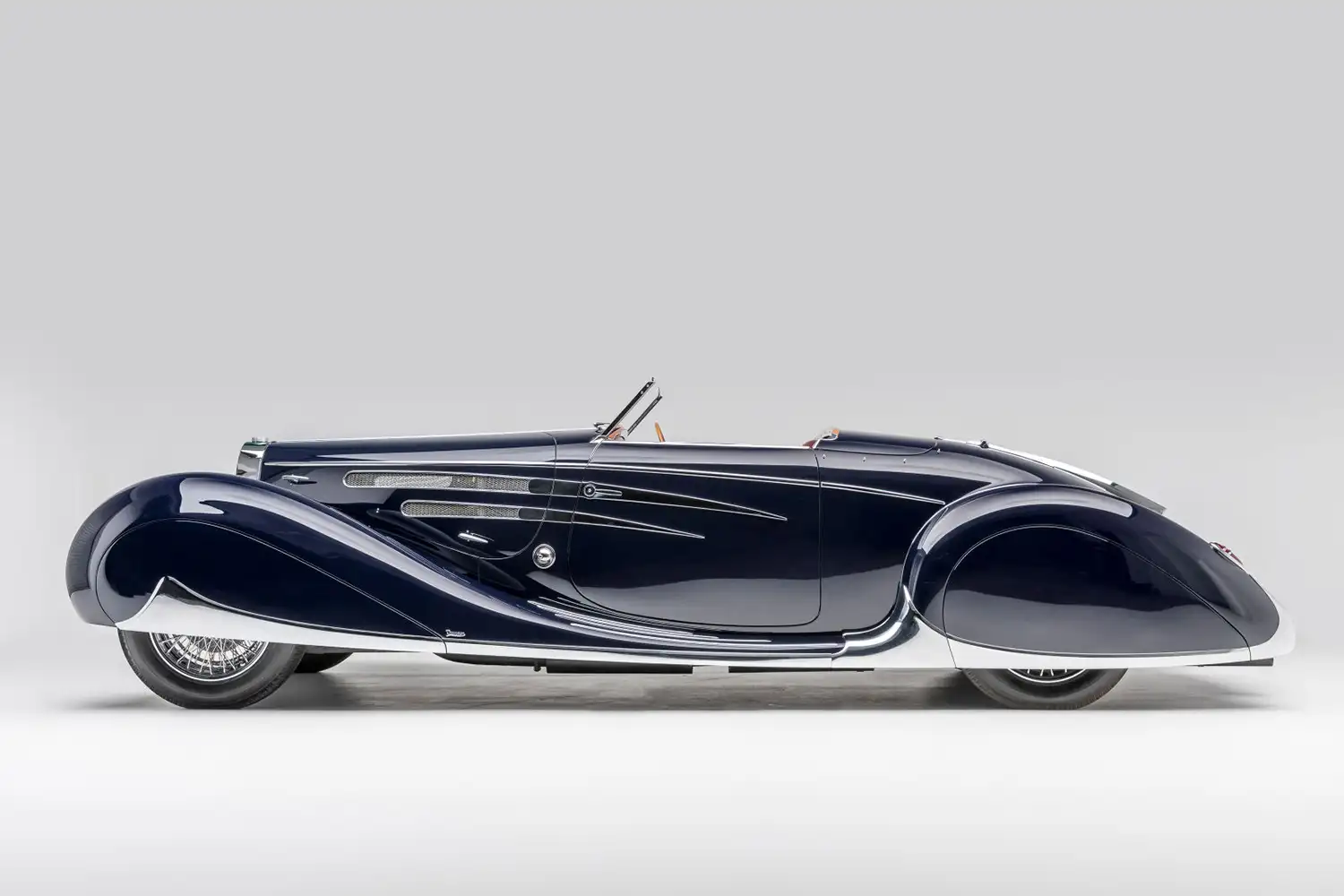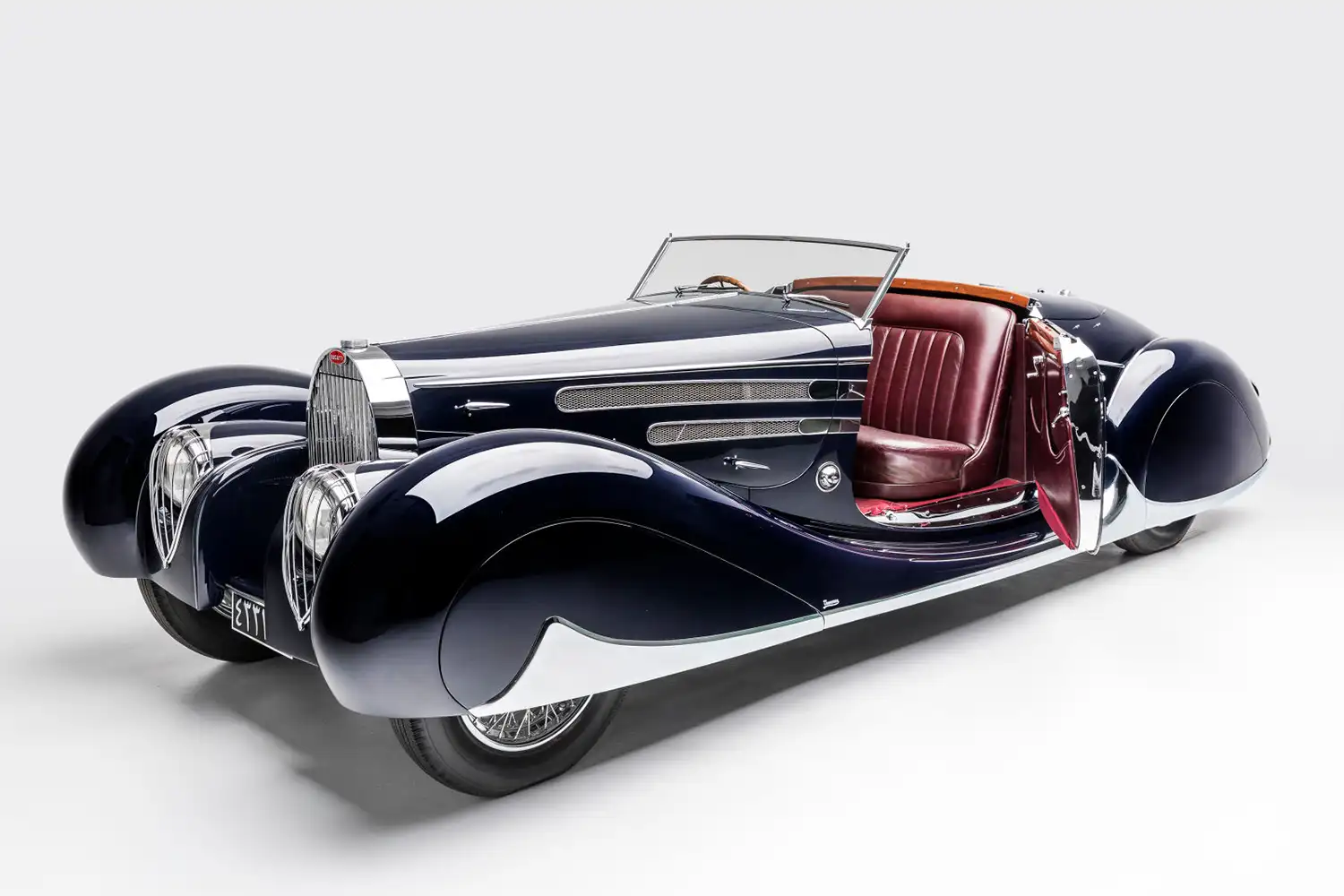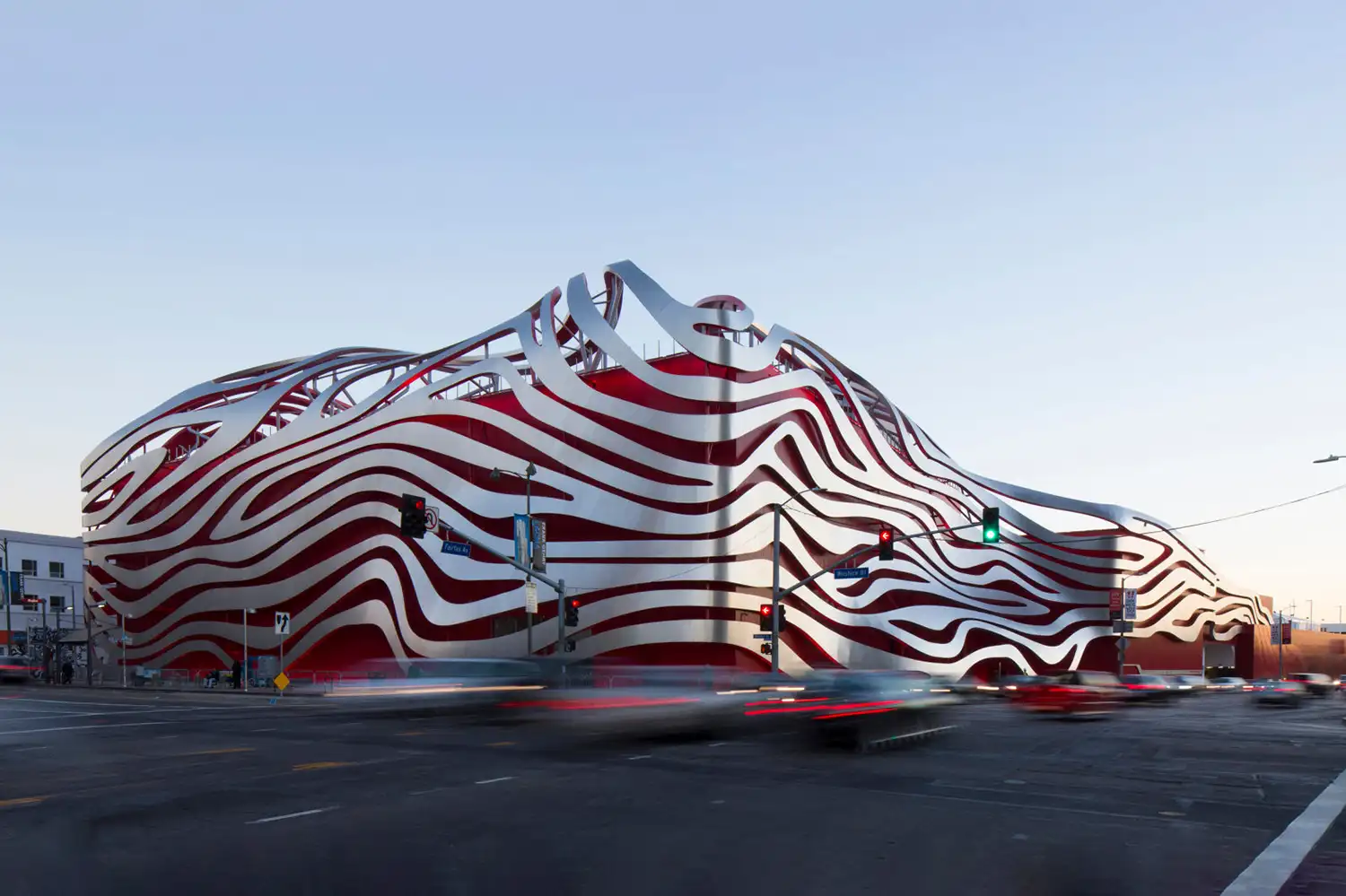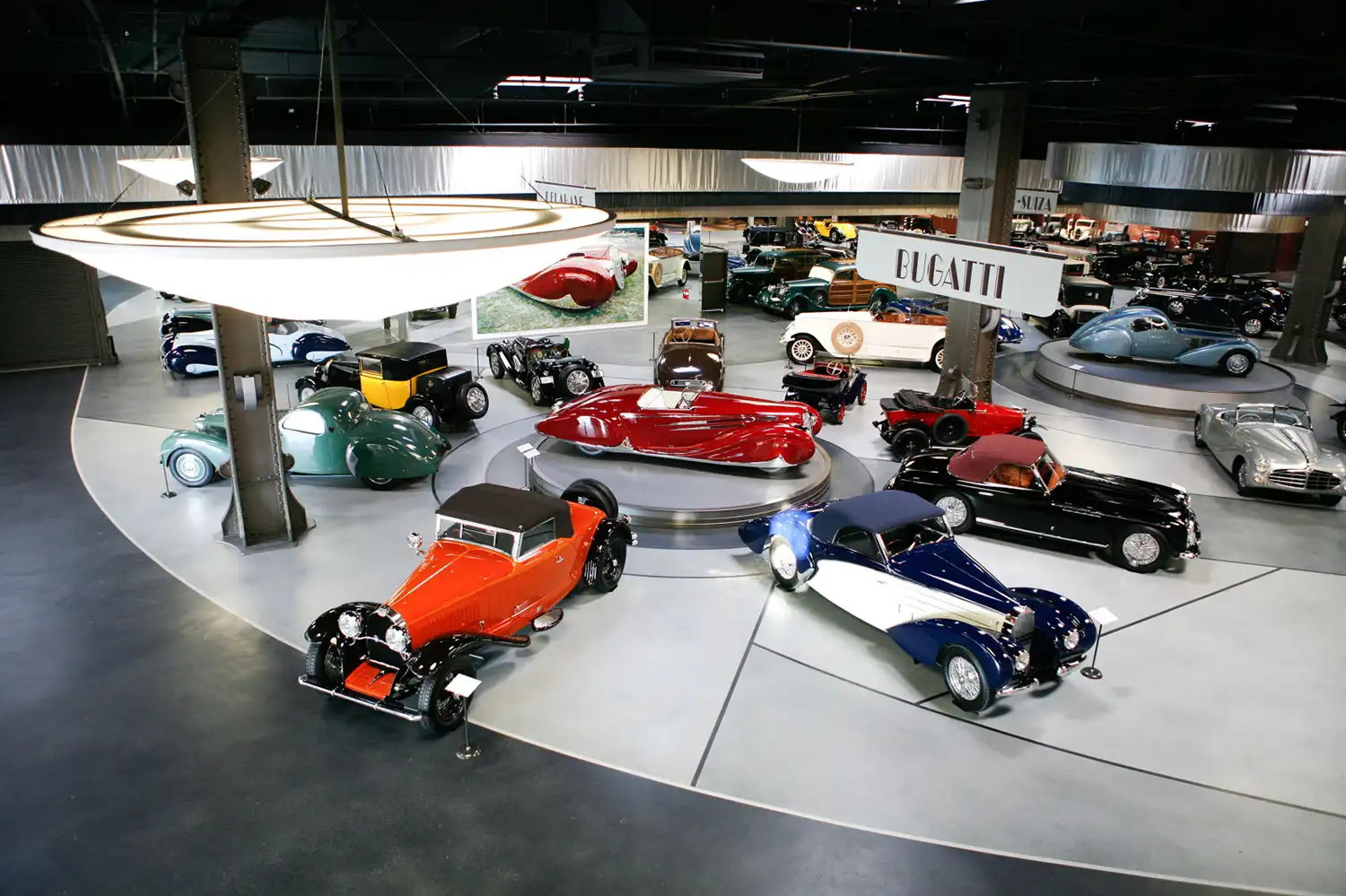
From the day it was formed in 1909, Bugatti has embodied exquisite design, with founder Ettore Bugatti hailing from a family of acclaimed artists. Ettore’s grandfather, Giovanni, was a celebrated architect; his father, Carlo, was an internationally renowned furniture and jewelry designer; and his brother Rembrandt was an admired sculptor. These artistic influences define the Bugatti brand. As such, Bugatti takes center stage not just in the automotive sphere but across the cultural spectrum, enlightening museums, institutions and exhibitions all over the world.
To this day, the brand’s commitment to excellence extends beyond power output and speed. Because of such a deep and rich heritage, each Bugatti must be a masterpiece in its own right. It is the incomparable timeless design and daring engineering expertise that epitomizes the brand, placing Bugatti cars as revered and cherished artifacts in the eyes of many.
An homage to vehicle design from ‘Mr. Bugatti’ in America
In the coastal city of Oxnard, California, is the Mullin Automotive Museum – a captivating tribute to the artistry and innovation of French automotive design, founded by businessman and car enthusiast Peter W. Mullin. The collection features, among others, iconic models from Bugatti’s past, and beyond the remarkable cars on display, the museum’s architecture itself is a work of art, blending seamlessly with the automotive masterpieces within.
Displaying the remarkable talent of the entire Bugatti family, the Mullin Automotive Museum houses more than 75 pieces of furniture by Carlo Bugatti, numerous sculptures by Rembrandt, and the largest private collection of Ettore and Jean Bugatti automobiles in the world. For a long time, the highlight of the exhibit was the Jean Bugatti-designed 1936 Type 57SC Atlantic.
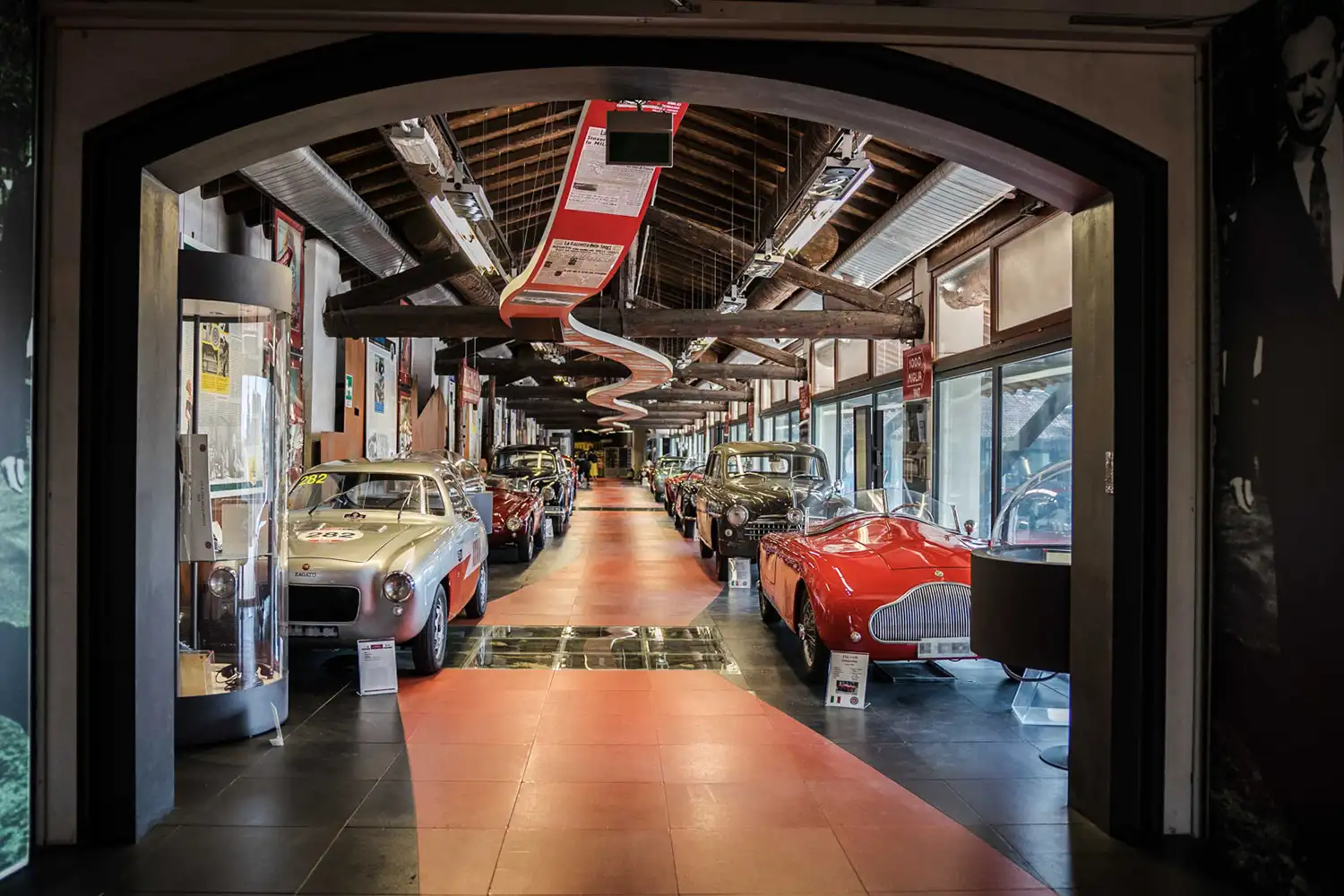
Peter Mullin wasn’t just a fan of Bugatti, he was a close friend of the brand. A man with the ambition to make Bugatti respected and formidable as it had been in its peak years of the 20th century, Peter regularly centered his exhibitions around his Bugatti masterpieces. Peter’s recent passing was felt greatly by the entire Bugatti family, but in the iconic Mullin Automotive Museum his legacy lives on forever.
Robert Petersen’s celebration of automotive art
The Petersen Automotive Museum, nestled along the Miracle Mile in Los Angeles, stands as a testament to architectural innovation and automotive passion. Inspired by the form of a car, the building of the Petersen Automotive Museum’s stainless-steel ‘body’ wraps around the ‘chassis’ of the existing museum. It is architectural artwork that represents aspects of automotive history as important as the vehicles displayed inside. Yet, the principal piece of art sits behind the bold steel structure: the 1939 Bugatti Type 57C ‘Shah’.
A true one-of-one tour-de-force, the ‘Shah’ wraps a supercharged 3.3-liter twin-cam straight-eight engine in a dramatic body from Vanvooren of Paris designed in the style of Figoni et Falaschi, one of the most progressive coachbuilders of the day. Sold out of the Shah’s Imperial Garage for a sum equivalent to $275 in 1959, the ‘Shah’ tragically remained hidden from public gaze until full restoration in 1983.
The ‘Shah’ does not stand alone as the only Bugatti gem within the Petersen Automotive Museum, however. Visitors can also admire the Bugatti Type 57 Atalante and an EB 110 GT, two exquisitely designed pieces of automotive heritage.
An incomparable collection from the Schlumpf brothers
Situated in Mulhouse, within the famed Alsace region of France, home to Bugatti, the Musée National de l’Automobile brings together more than 600 revolutionary and emblematic automotive creations, including more than 100 of Bugatti’s most acclaimed models – each one painstakingly acquired by the Schlumpf brothers over a period of three decades.
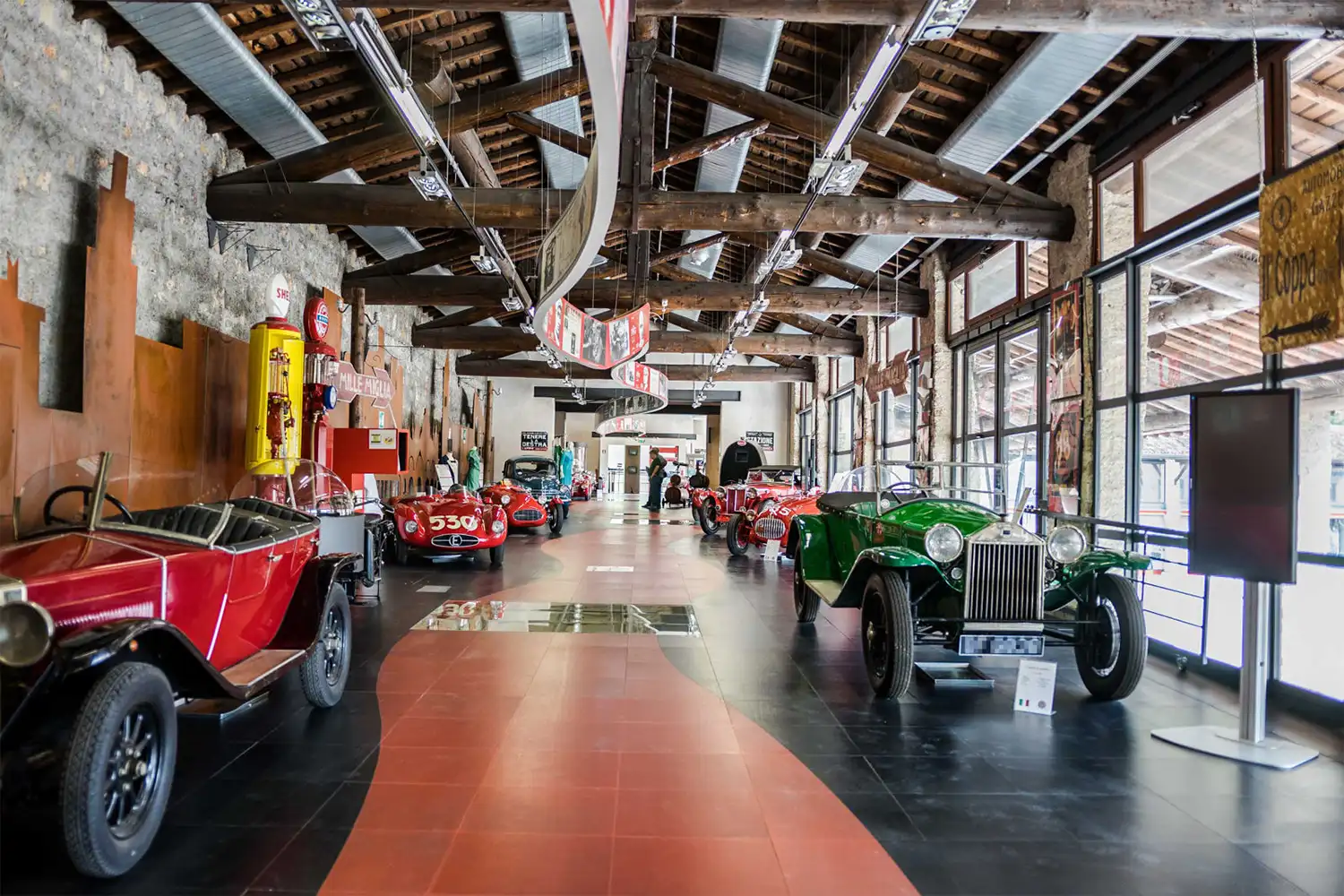
From the Bugatti Type 28 to the Bugatti Royale conceived in 1930, each car is hand-picked for its historic significance and breathtaking proportions. The jewel in the crown, however, is the modern-day icon that is the Bugatti Veyron. Placed on a rotating base, the Musée National de l’Automobile offers an exceptional stage for an extraordinary piece of design.
Two generations of automotive legacy in The Hague
Housed within the imposing architectural structure created by renowned American architect Michael Graves, the Louwman Museum in The Hague, Netherlands, is a historical treasure trove that showcases the world’s most revered automotive designs and artwork. It is the result of more than 80 years of automotive dedication by two generations of the Louwman family, with over 275 classic and historical models in the collection covering 16,000 m2 of floorspace.
Bugatti’s presence in the Louwman Museum, from the 1913 Type 18 ‘Black Bess’ to the 1934 Type 57 Roadster Grand Raid Gangloff, pays homage to the designs that not only shaped automotive history but also the designs that represent the relentless pursuit of automotive perfection. Exhibiting six of Bugatti’s most memorable cars, the Louwman Museum truly underscores a remarkable legacy of incomparable aesthetics and innovation for Bugatti.
Over 135 years of design history at the Nationales Automuseum
Opened in July 2023, and already revered as one of the most comprehensive and prestigious composition of works in Europe, the Stiftung Nationales Automuseum – The Loh Collection in Dietzhölztal, Germany, features around 150 unique automobiles from 135 years of automotive history. Holding prominence amongst this field of automotive legends at the Stiftung Nationales Automuseum is the Bugatti Veyron Super Sport. The illustrious 8.0-litre quad-turbocharged W16 engine is the embodiment of form and function going hand-in-hand – an ethos that is the lifeblood of Bugatti.
It is this lifeblood that has run through Bugatti’s history, and the Loh Collection is also home to some of the most remarkable models at the very heart of this history, including the captivating Type 57C Aravis and Type 57C Atalante.

An exceptional insight into the history of Bugatti
Founded by a small fraternity of Bugatti enthusiasts back in October 1987, the Bugatti Trust encourages and facilitates research into the work of Ettore Bugatti and the Bugatti family. The organization was originally led by the late H G Conway, who was widely acknowledged as a leading Bugatti authority in the UK and globally. The Trust was conceived as a repository for Hugh’s extensive historical collection of photographs, correspondence, documents and Bugatti factory drawings. Located near the historic town of Cheltenham, UK, next to the historic Prescott Hillclimb, the Bugatti Trust is also home to some iconic Bugatti models. The Trust is open to the public and additionally runs an educational outreach program for schools and universities making use of its ever-expanding archive as well as physical museum artefacts. Last year the organization dedicated its main exhibition to Jean Bugatti, celebrating his life and pioneering influence on the Bugatti Type 57.
A showcase of Bugatti’s Mille Miglia motorsport heritage
As winter darkness lifts in Italy, fading into the gentle blue skies of spring, an automotive and motorsport event takes place each year that is both unique and legendary: the Mille Miglia. The captivating Museo Mille Miglia, located in Brescia, delivers a wonderful tribute to this legendary event.
Housed in the historic Monastery of San Eufemia, the museum immerses visitors in the exhilarating world of open-road endurance racing. Bugatti, with its distinctive blend of performance and elegance, etched an unforgettable legacy on the event, and the Museo Mille Miglia showcases this success with veritable allure.
